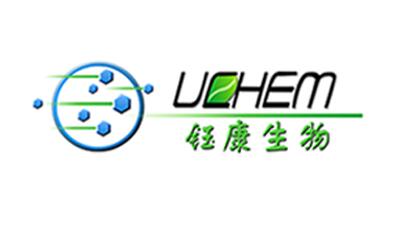| Shanghai UCHEM Inc | |
|---|---|
| Country: | China |
| Tel: | 13564624040 |
| E-mail: | uchemsales@gmail.com |
| QQ: | |
| Skype: | Chat Now! |
Chiral Binaphthalene Diamine Derivatives for Asymmetric Synthesis and Catalysis
Release time: 2024-12-23
The following list features a variety of binaphthalene-based chiral diamines and derivatives, which are widely used in asymmetric synthesis, catalysis, and coordination chemistry:
1,1'-Binaphthyl-2,2'-diamine (CAS: 4488-22-6): This is a central chiral diamine with two naphthalene rings and amino groups at the 2,2'-positions. It serves as a key building block in the design of chiral ligands for metal-catalyzed reactions.
(R)-[1,1'-Binaphthalene]-2,2'-diamine (CAS: 18741-85-0): These enantiomers are used in asymmetric synthesis, where their specific chirality allows for high enantioselectivity in various catalytic processes, including metal catalysis.
[1,1'-Binaphthalene]-2,2'-diamine, N,N'-dimethyl (CAS: 93621-64-8): This racemic mixture of dimethylated binaphthyldiamine is valuable for its versatile use in forming metal complexes for catalysis and in organic synthesis.
(R)-NOBIN (CAS: 137848-28-3): This compound features both an amine and a hydroxyl group, making it an important chiral ligand for the synthesis of enantiomerically pure compounds and in asymmetric reactions.
1-(3,5-Bis(trifluoromethyl)phenyl)-3-((1R,2R)-2-(dimethylamino)cyclohexyl)thiourea (CAS: 620960-26-1): A more specialized compound, this is used in selective catalysis and serves as a ligand for transition metals in various stereoselective transformations.
(S)-N,N'-Dimethyl-1,1'-binaphthyldiamine (CAS: 666175-40-2): This dimethylated binaphthyldiamine derivative is employed in asymmetric catalysis, particularly in the formation of metal-ligand complexes for chiral synthesis.
These compounds are critical in the development of advanced catalysts for asymmetric synthesis, enabling the production of optically active compounds, which are essential in the pharmaceutical and fine chemical industries. The binaphthalene backbone provides a rigid, planar structure, making these ligands highly effective in metal coordination and catalysis.

